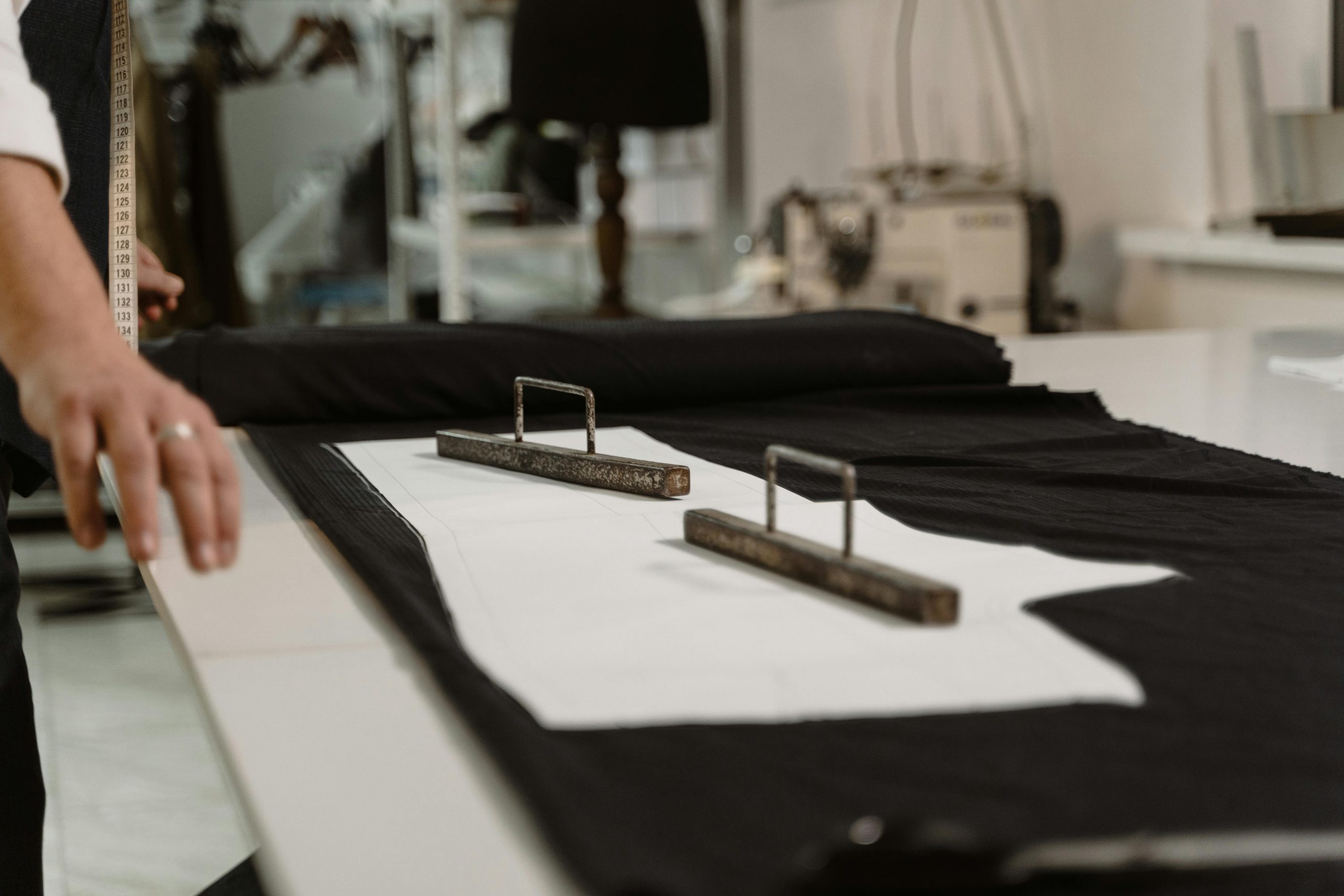Neuromorphic Clothing Design Adapting to Human Experiences
>
The fashion industry is constantly evolving, and with the advent of technology, the concept of clothing has been redefined. We have seen the rise of smart clothing that can track our fitness or adjust to changing weather conditions. But the latest innovation in this field takes it to a whole new level – neuromorphic clothing design. This cutting-edge technology uses insights from neuroscience to create garments that adapt to and enhance our human experiences. In this article, we will explore the fascinating world of neuromorphic clothing design and how it is revolutionizing the fashion industry.
What is Neuromorphic Clothing Design?
Neuromorphic clothing design refers to the concept of creating garments that are inspired by the functioning of the human nervous system. This involves integrating electronic components and sensors into clothing to mimic the way our nervous system responds and adapts to various stimuli. These garments can collect data from our bodies and surroundings, process it, and respond accordingly, just like our brains and nervous system do.
The idea of neuromorphic clothing design was first proposed by researchers at the Massachusetts Institute of Technology (MIT) in 2016. Since then, this technology has been gaining traction in the fashion industry, with more and more designers and scientists working together to create innovative and functional garments.
How Does Neuromorphic Clothing Work?
The key to neuromorphic clothing design lies in its ability to gather and process data. This is achieved through the use of flexible and stretchable sensors, conductors, and processors that are embedded into the fabric of the garment. These components can detect and measure different stimuli, such as temperature, pressure, and movement, and send this data to a microprocessor, which then analyzes it.
The microprocessor uses algorithms inspired by neuroscience to interpret the data and generate an appropriate response. For example, if the temperature starts to drop, the sensors will detect this change and send a signal to the processor. The processor will then activate heating elements in the garment to keep the wearer warm and comfortable.
Applications of Neuromorphic Clothing
Personalized Comfort
One of the main advantages of neuromorphic clothing is its ability to adapt to individual needs and preferences. The garments can monitor our body’s vital signs and adjust accordingly to maintain optimal comfort. For instance, if you are feeling too warm or cold, the garment can adjust its temperature to keep you comfortable.
This technology also has the potential to reduce the environmental impact of clothing. With neuromorphic garments, there is no need for over-layering or using excess energy to regulate body temperature, making it a more sustainable and eco-friendly option.
Health Monitoring
Another application of neuromorphic clothing is in the field of health monitoring. These garments can track our heart rate, breathing patterns, and other vital signs and provide real-time data to health professionals, enabling them to make accurate diagnoses and monitor patient health remotely. This technology has the potential to revolutionize the healthcare industry and improve patient outcomes.
Enhanced Performance
Neuromorphic clothing design can also enhance our physical performance. The sensors in the garment can detect muscle movements and provide feedback to athletes or fitness enthusiasts, helping them optimize their form and prevent injuries. This technology has the potential to improve athletic performance and push the boundaries of human capabilities.
The Future of Neuromorphic Clothing
The possibilities of neuromorphic clothing design are limitless. As this technology continues to advance, we can expect to see more sophisticated and functional garments that could change the way we think about clothing. In the near future, we could have garments that can self-repair, self-cleaning, or even change color and shape on command.
Moreover, as more research is being conducted in this field, we can expect to see neuromorphic clothing being used in various industries, such as sports, healthcare, and military. It has the potential to change the way we live, work, and interact with our environment.
Conclusion
Neuromorphic clothing design is more than just a fashion trend; it is a groundbreaking technology that has the potential to change the way we perceive and use clothing. With its ability to adapt and respond to our needs, neuromorphic clothing is set to become an essential part of our daily lives. As we continue to push the boundaries of technology, we can expect to see more innovative and exciting developments in this field. The future of fashion has arrived, and it’s more intelligent, adaptive, and human-centric than ever before.










